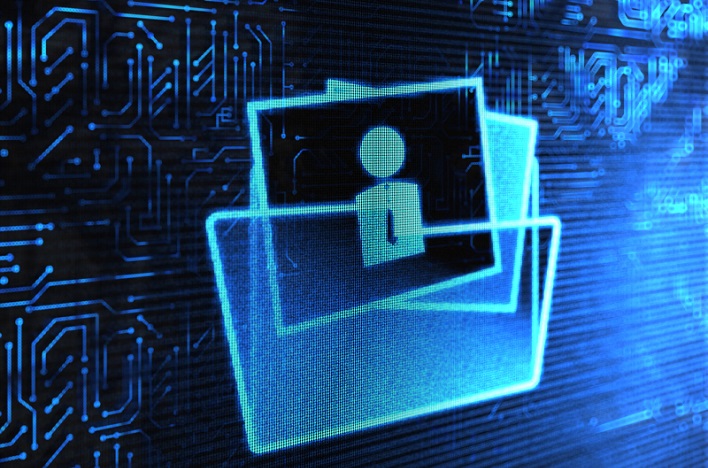What should happen to your email and other electronic assets after you’re gone?
What will happen to your digital existence after your natural life ends? How will a family member, executor or trustee access and manage your online accounts and other electronically stored information?
Although many of us attribute some type of value to our digital assets, few have developed a plan for managing and distributing these assets after death. Estate planning for the management and distribution of these digital assets deserves increased attention as more and more of our daily lives—even our families’ histories—are stored electronically.
What Is a Digital Asset?
There is no universal definition of “digital asset.” Common sense dictates that digital assets include electronically stored, intangible personal property such as email accounts, social media accounts, websites and domain names, among others. Online accounts for bill paying, banking and shopping are also digital assets that should be addressed while planning for your digital afterlife.
Computers and electronic devices, while tangible personal property in nature, contain a myriad of digital assets, including photographs, Word documents, spreadsheets, financial information, e-books and music libraries.
How Do You Make an Estate Plan for Digital Assets?
Some programs, like Google and Facebook, have account settings for managing your account after your death. Many others, however, automatically terminate your account after your passing. Some companies even provide online storage for all of your account information and then, after you have passed, forward that information to an individual you select.
The safest and most comprehensive solution, though, is to develop an estate plan for your digital assets.
Start by making an inventory of your electronic and digital assets, including the following:
- Computers and electronic devices, including a general description of the contents of each
- Software, such as Microsoft Word, Quicken and tax preparation software
- Online account information—including usernames and passwords—for social media accounts, file storage accounts, financial accounts, shopping accounts, and email accounts, etc.
Next, identify a successor to manage your digital assets. Make sure this person is at least somewhat tech savvy, and make sure your successor has access to all of your online accounts and other password-protected information. In order for your successor to have legal authority to execute your plan, be sure to name this person as a co-executor of your estate or co-trustee for this limited purpose.
Finally, provide your successor with detailed instructions regarding all of your digital assets. Do you want your friends to write remembrances on your Facebook wall, or do you want it taken down immediately? Do you have a website and domain name that you would like to remain active after your death?
If you are a small business owner, you should maintain a similar inventory for your business digital assets. In the event of your death or the sale of your business, you will want to ensure that the digital assets stay with the business and that somebody remaining with the business has authority to access those assets.
Potential Pitfalls in Planning Your Digital Estate
Be sure to review the Terms of Service for each of your digital accounts. The Terms of Service for each service provider dictate when your rights are terminated. Many Terms of Service agreements also prohibit a third party—i.e., your successor—from accessing your account.
You might be surprised to learn, for example, that Apple will automatically terminate your iTunes account upon your death, and all of the content you downloaded from iTunes will be lost forever. Consequently, you may want to consider storing all that content on an external hard drive.
Failure to properly manage your digital life can have grave consequences, including the loss of valuable information and even identity theft. It is in your best interest to know exactly what digital assets you own and develop a plan for their management and distribution after your death.

